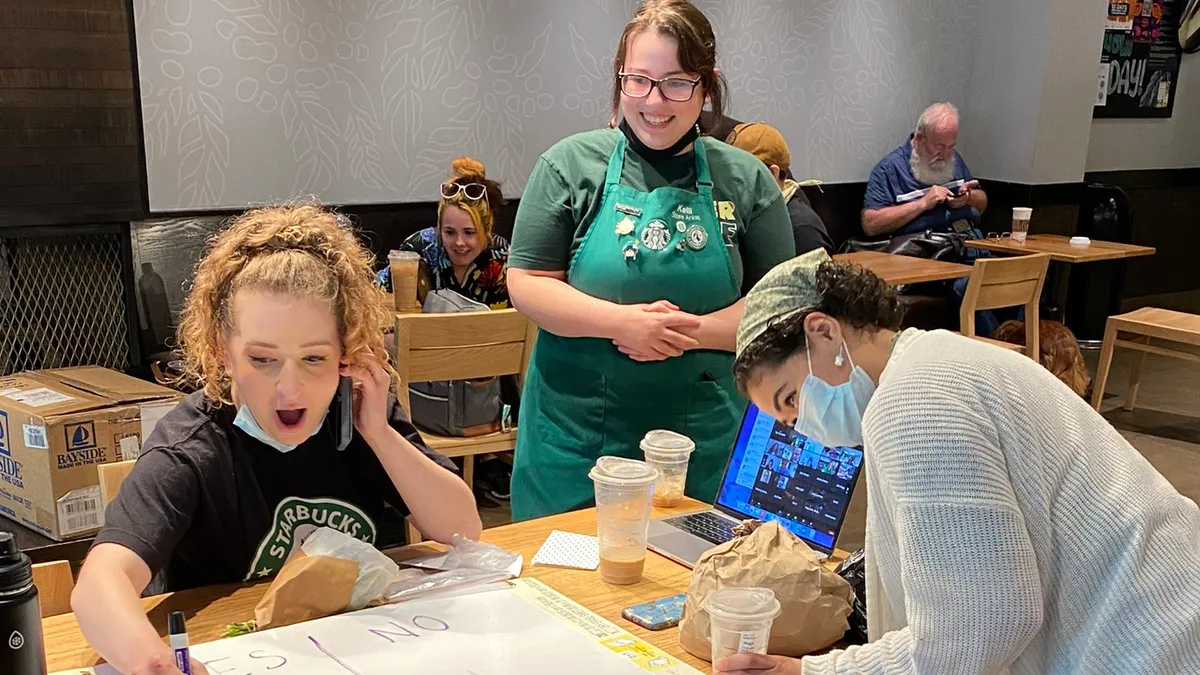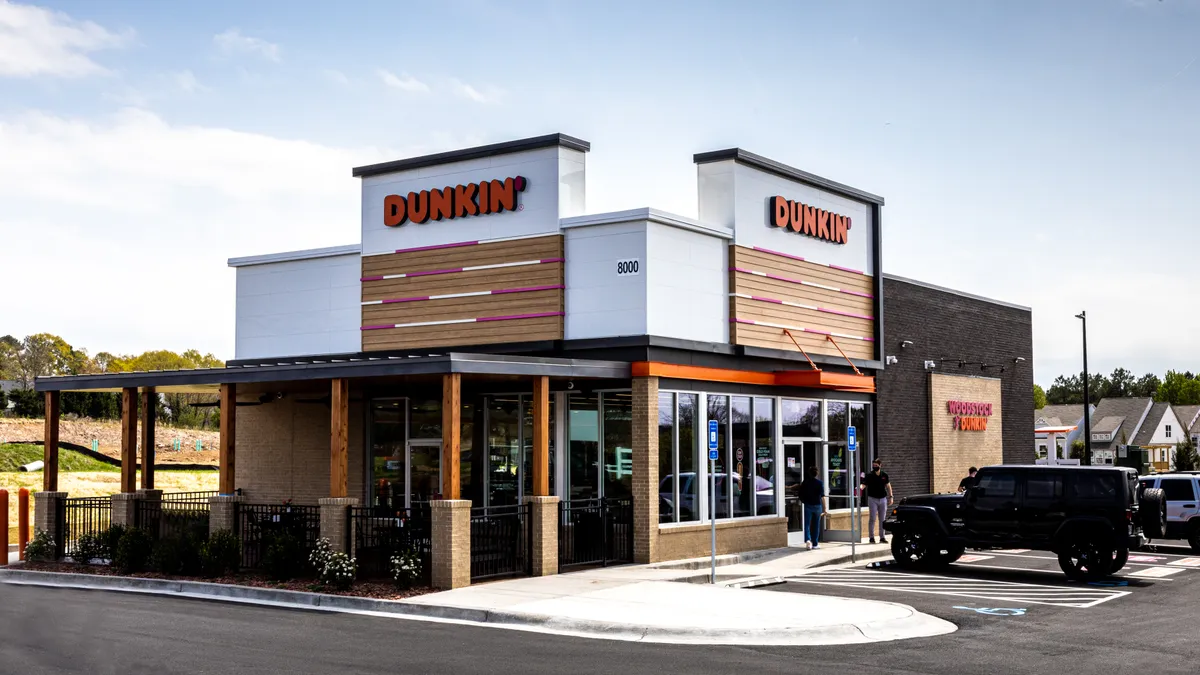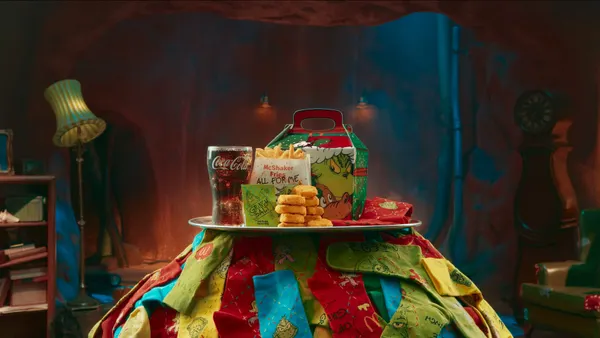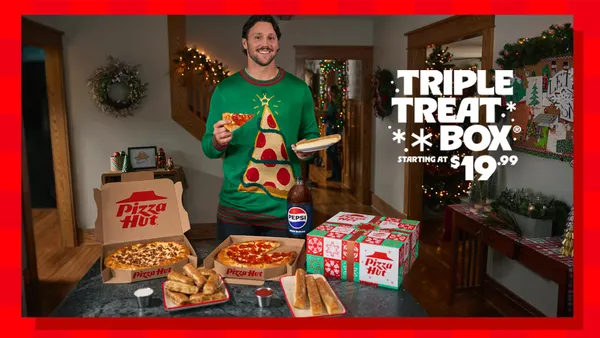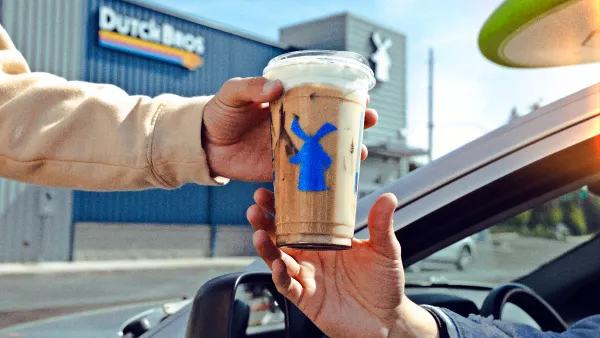Dive Brief:
- Starbucks expanded market testing of Coco Matcha and Coco Cold Brew made with coconut water to a select group of 400 stores on Thursday, according to a press release.
- The testing stores are located in New York City; the Los Angeles area; Chicago; Cedar Rapids, Iowa; St. Louis; Springfield, Illinois; South Bend, Indiana; and Madison and Milwaukee, Wisconsin.
- The test is an extension of Starbucks’ effort to add “the function-forward modern offerings that customers want,” CEO Brian Niccol said on the chain’s Q3 2025 earnings call. That drive includes the forthcoming rollout of high-protein Cold Foam.
Dive Insight:
The drinks were initially tested in five New York City locations, according to the press release, as part of the chain’s Starting 5 menu deployment process. That system is designed to ensure drinks appeal to consumers without placing an undue burden on baristas by testing them in a small subset of stores, Niccol said on the chain’s earnings call.
The Coco Matcha drink is made with coconut water over ice, topped with Matcha cold foam. The Coco Cold Brew has the same base, but is made with Cold Brew cold foam. Starbucks said the use of coconut water is intended “to accelerate health and wellness innovation.”
Earlier this year, Starbucks removed sugar from its Matcha powder “lifting matcha sales by nearly 40% versus last year,” Niccol said on the chain’s Q2 2025 earnings call. Starbucks was looking “to lead in health and wellness with a new platform that resonates across demographics,” he added.
In the press release announcing the new drinks, Starbucks emphasized its ingredients as not having high fructose corn syrup, artificial dyes, flavors or artificial trans fats. This rhetoric, and the positioning of the chain’s beverages as functional, is in-keeping with the expansion of premium drinks to include both high-sugar, high-caffeine options and options like low-sugar, sparkling energy drinks or beverages with fruit inclusions.
Starbucks’ menu strategy, since the elimination of a large chunk of its menu earlier this year, has been focused on two objectives: New drinks and foods marketed as healthy and premium and coffee-forward options, like the Cortado. That dual track strategy reflects an effort to keep abreast of shifting demands from health-conscious consumers and Niccol’s plan to recenter the brand’s identity on coffee.
The elimination of part of its menu earlier this year has given Starbucks room to add more items, which could be important as the chain faces pressure both from smaller coffee chains focused on longer visits, and QSRs looking to edge in on beverage occasions. McDonald’s, for example, is planning a 500-store test of premium beverages based on lessons drawn from its now defunct CosMc’s concept. Wendy’s is also adding cold foam to its cold brew coffee, in a clear play for afternoon iced coffee occasions.





